Raby Castle
OS grid reference:- NZ 129 217
Dramatic Raby Castle, one of England's finest medieval castles, is situated near Staindrop, just over the border in County Durham.
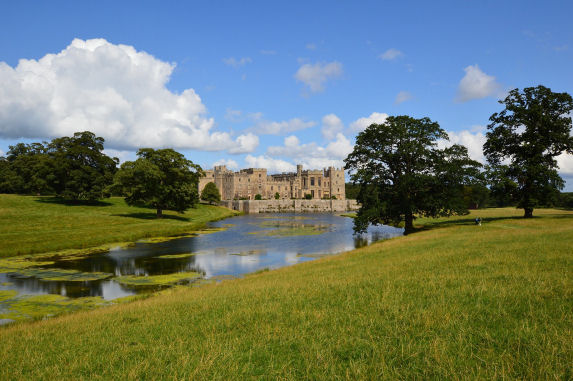
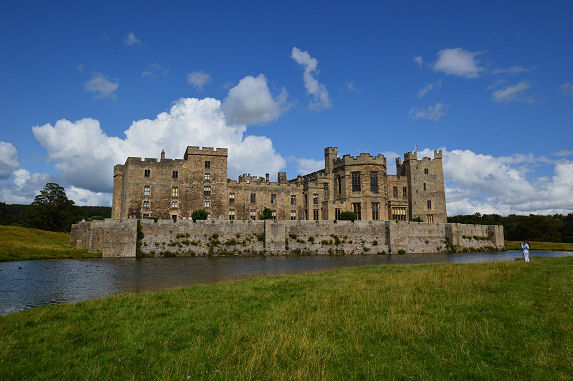
The castle was built around 1367-1390 by John Neville, 3rd Baron Neville of Raby and is believed to occupy the site of a palace built by King Canute. This Norse connection is reflected in the name Raby, which derives from 'Ra' meaning a boundary and 'Bi', a settlement.
The House of Neville powerful in the north of England for centuries, surprisingly originated from Anglo-Saxon, not Norman stock, and had most probably been part of the pre-conquest aristocracy of Northumbria. Their Norman surname was only assumed in the thirteenth century.
The Neville family held the manor of Raby from the thirteenth century, The family commenced rebuilding several of their properties in northern England, including Raby Castle, in the latter part of the fourteenth century the Nevilles began between roughly 1367 and 1390. In the closing years of the century the Nevilles were becoming one of the most powerful families in northern England, rising in prominence to the rival House of Percy, Earls of Northumberland.
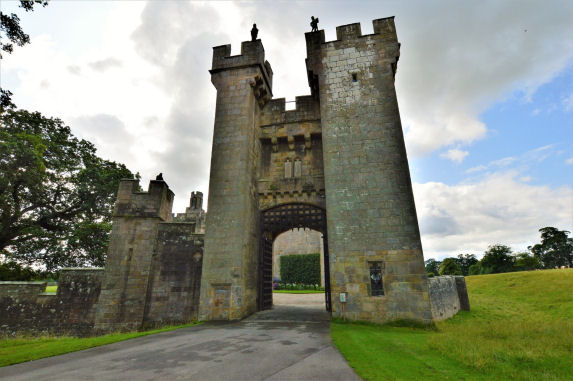
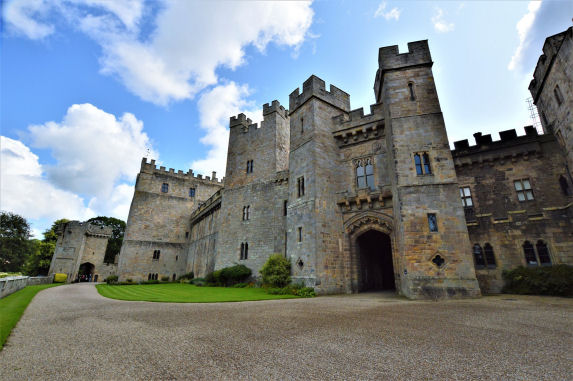
In 1378 Thomas Hatfield, Bishop of Durham granted John de Neville a licence to fortify his property at Raby. Ralph Neville inherited his fathers title of Baron Neville of Raby at the age of 24 after his father's death on 17 October 1388. The Nevilles' rose into the highest echelon of the aristocracy when in 1397 King Richard II created Ralph Neville Earl of Westmorland. At this time the Neville family's power in the north of England was matched only by the Percy family, Earls of Northumberland, with whom they developed a bitter feud. The monarch, whose power base was located in the south, had to rely on powerful lords from both houses to protect the border from Scottish invasion.
The family had a long association with the Earls of Lancaster, which dated back to the time when John Neville, 2nd Baron of Raby, became a member of the household of Thomas, 2nd Earl of Lancaster in the early fourteenth century.
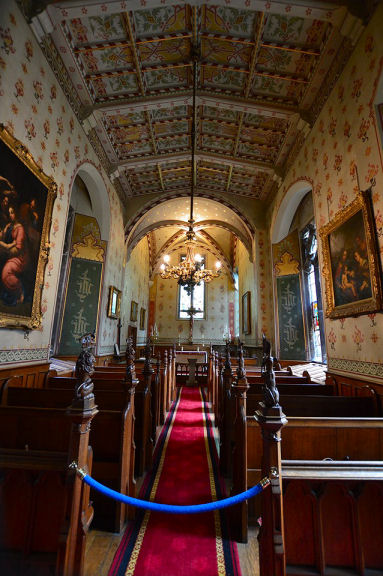
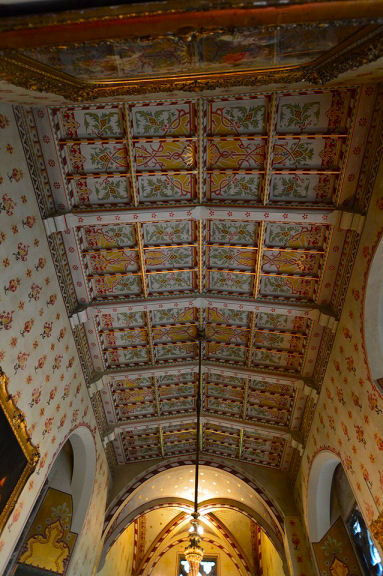
Henry Bolinbroke, son of John of Gaunt, and the exiled heir of the House of Lancaster was disinherited by Richard II after his father's death. He landed in England at Ravenspur claiming to regain his duchy of Lancaster but in reality to usurp his cousin Richard II's throne in July 1399. Neville sided with Bolingbroke and helped to persuade Richard II to abdicate. Henry succeeded Richard to the throne as King Henry IV, Richard was later murdered at Pontefract Castle in West Yorkshire. Ralph Neville was rewarded for his support by being appointed Earl Marshal of England on the day of Henry's coronation and a Knight of the Order of the Garter in 1403.
In further reward for the instrumental part he played in the defeat of Richard II, Westmorland was given the new king's half-sister Joan Beaufort, as his bride. Joan Beaufort was the illegitimate daughter of John of Gaunt, Duke of Lancaster by his mistress Katherine Swynford. Gaunt was the third surviving son of King Edward III, he and Katherine Swynford were later married and their children, the Beaufort's had been legitimated by King Richard II.
Ralph Neville fathered a brood of twenty-one children, seven by his first wife, Lady Margaret Stafford, and fourteen by his second, Joan Beaufort. The youngest of his children by Joan Beaufort was Cicely, known as the "Rose of Raby" she married Richard Plantagenet, Duke of York, the Yorkist claimant to the throne, and became the mother of Kings Edward IV and Richard III. She was also the aunt of the most famous member of the Neville family, Richard Neville, Earl of Warwick, kown to history as 'Warwick the Kingmaker'. Through her granddaughter Elizabeth of York, Queen of Henry VII, Cecily is an ancestress of the Royal family.
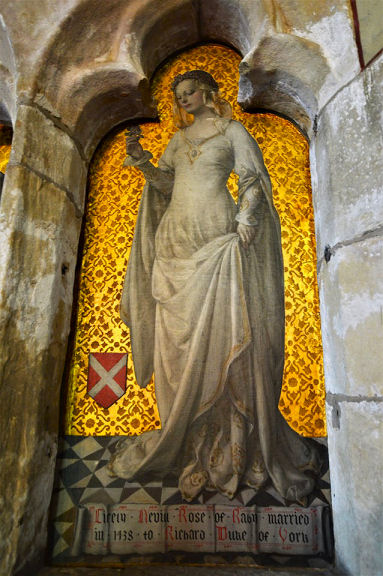
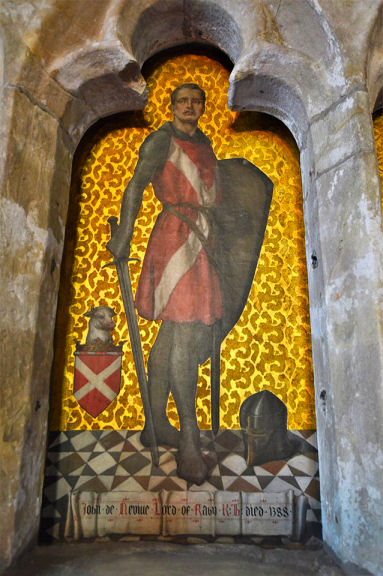
While it increased the prestige of the Nevilles, the royal marriage also led to a serious rift in the Neville family. Ralph Neville had previously been married to Margaret de Stafford, and the earldom of Westmorland passed to his son by this first marriage. However, Ralph clearly favoured his sons by his second marriage, who inherited the bulk of his estates on his death, leading to bitter disputes over the inheritance and lasting estrangement between the Nevilles of Raby, who descended from Margaret Stafford, and the Nevilles of Middleham, descended from Joan Beaufort.
The Raby Nevilles led by Ralph Neville, Earl of Westmorland had taken up the Lancastrian cause, from the outset, Westmorland's brother John Neville, Lord of Raby was killed at Towton. The Earl of Westmorland himself emerged from the Wars of the Roses unscathed. The Percy heir was eventually reconciled with Edward IV and regained his inheritance the following year, John Neville was compensated with the title of Marquess of Montagu.
The Nevilles remained steadfast in the Catholic faith and Henry, 5th Earl, as a boy took part in the Pilgrimage of Grace a rebellion against Henry VIII's religious reforms. He was a staunch supporter of Queen Mary Tudor and held high office during her reigm. His son, Charles Neville, 6th Earl of Westmorland, supported the Rising of the North in 1569 to supplant England's Protestant Queen Elizabeth I with her Catholic cousin, Mary, Queen of Scots.Charles led the rebellion along with Thomas Percy, 7th Earl of Northumberland. In November 1569 they occupied Durham and celebrated Mass in Durham Cathedral. Public Catholic worship had been prohibited Queen Elizabeth. Westmorland's wife, Jane Howard, had played an active part in the rebellion, hoping to arrange a marriage between her brother Thomas Howard, 4th Duke of Norfolk and the Scottish Queen.
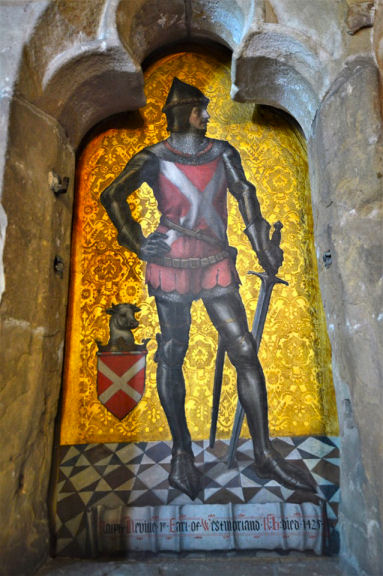
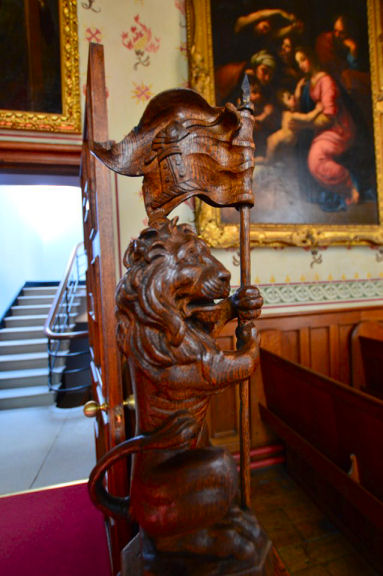
When the rebellion was supressed, Northumberland was beheaded at York and Charles Neville fled to exile in Holland. In 1571 an attainder was issued against Neville, Raby Castle and his lands were forfeited to the Crown. The castle was later purchased by the politician Henry Vane the Elder in 1626.
The Vane family was responsible for much of the modernising of the castle, especially the interior. This included renovation of the medieval chapel and drawing room. The family drove a carriageway though the castle, causing much damage to its medieval fabric. Architect William Burn carried out alterations to Raby Castle between 1843 and 1848, including adding new roofs to the great hall and the chapel and adding a drawing room to one of the towers in Jacobean style.The present family is responsible for the great collection of art in the castle.
On the death of the 4th Duke of Cleveland in 1890, the line of succession to the castle and its vast estates was unclear. The case was decided in 1891 when the Committee of Privileges of the House of Lords decided his relative, Henry de Vere Vane, to be the 9th Baron Barnard and inheritor of the vast estates of Raby. He did not, however, inherit the title of Duke of Cleveland, which became extinct.
Raby Castle has an irregular plan, with nine towers along its perimeter. The main entrance was in the west through the four-storey Neville Gateway. Access to the gatehouse was via a drawbridge, which has since been replaced by a flagged causeway. The gatehouse originally contained three portcullises. Two smaller towers beside the gatehouse have no defensive function and were added during the renovations of Henry Vane, 2nd Earl of Darlington. The castle buildings surround a central courtyard. The interiors of the medieval kitchen and keep are mostly intact. Highlights include the vast Barons Hall where it is reputed that 700 knights gathered to plot a rebellion against Queen Elizabeth I, a splendid Victorian octagonal drawing room that has re-emerged as one of the most striking interiors from the nineteenth century and in contrast a mediaeval kitchen, used until 1954.
Throughout the castle the rooms display fine furniture, impressive artwork and elaborate architecture. The Castle is particularly famous for its works of art, mostly collected by the Vane Family, including old masters and family portraits. Noted artists whose work is in the castle's collection include Giordano, Van Dyck and Sir Joshua Reynolds.
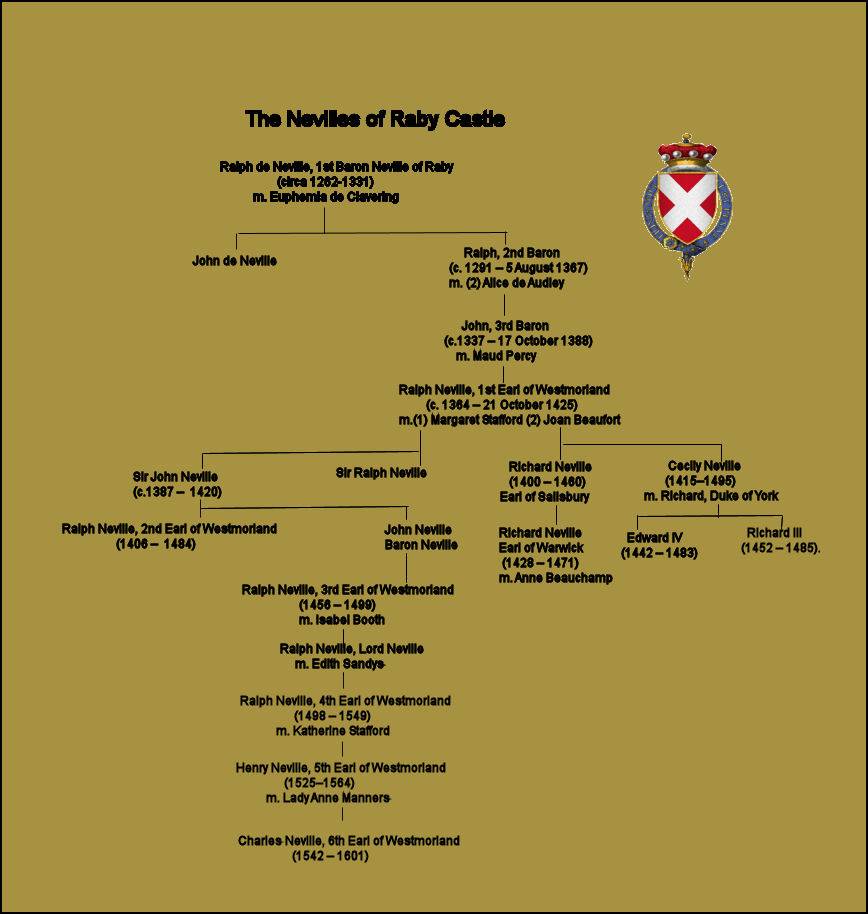
There is also a deer park, ipressive walled gardens, a coach and carriage collection, woodland adventure playground, picnic area and gift shop. Part of the stables has been converted to a tearoom.
Raby Castle is open to the public every year between May and September and at Easter.
Images courtesy of Paul Johnson
Historic Buildings of Yorkshire
